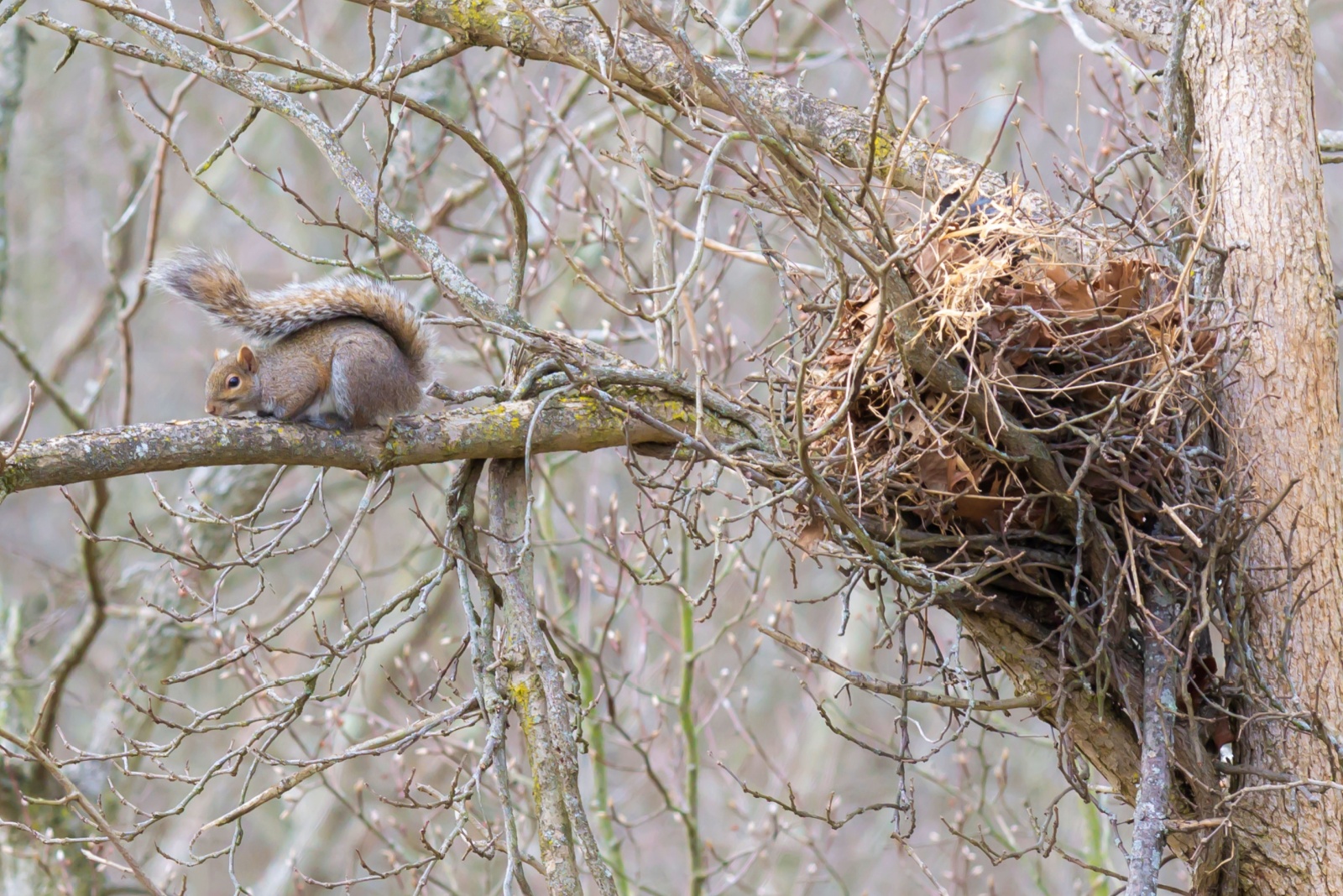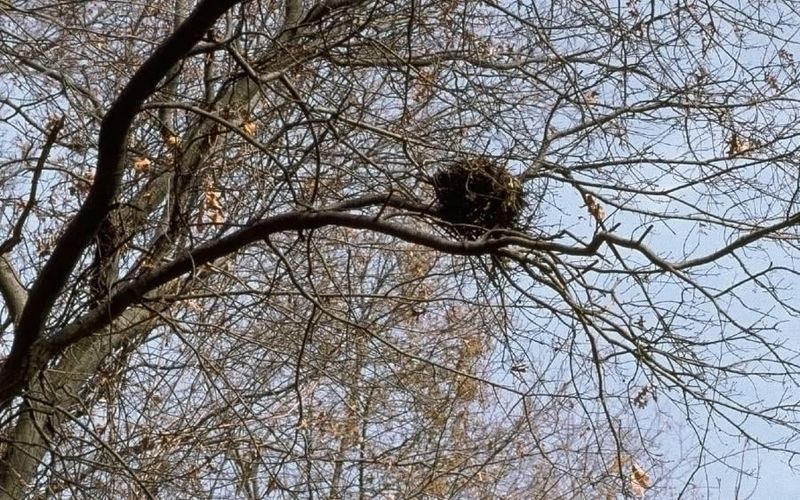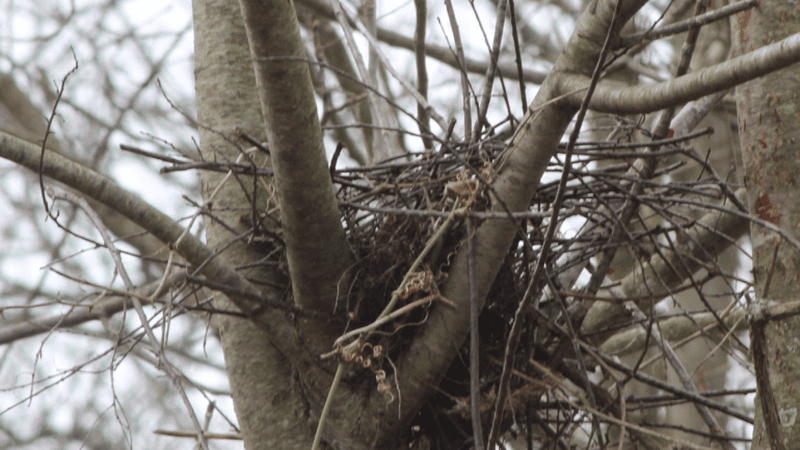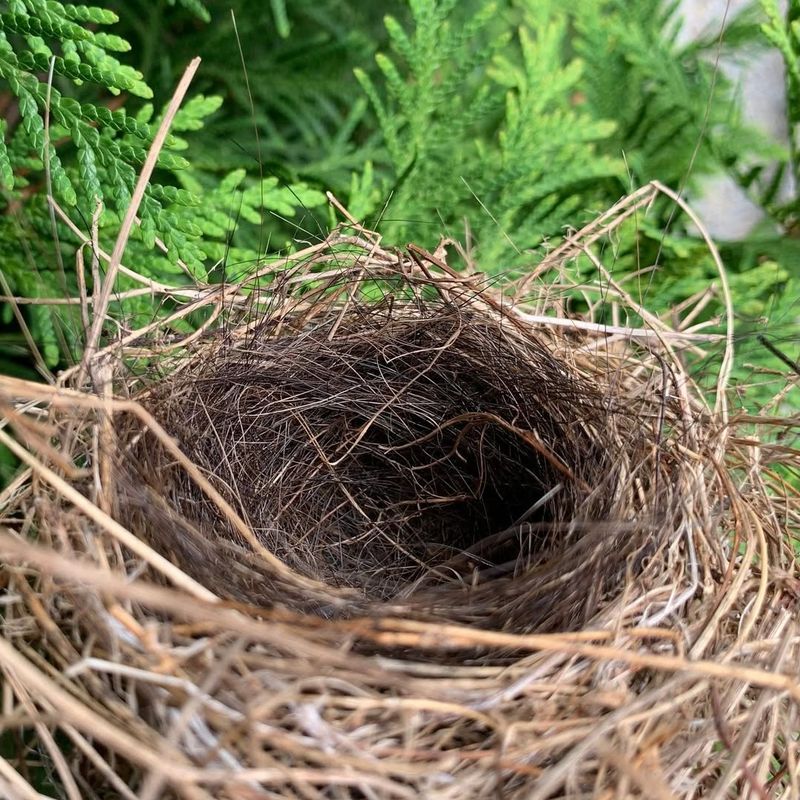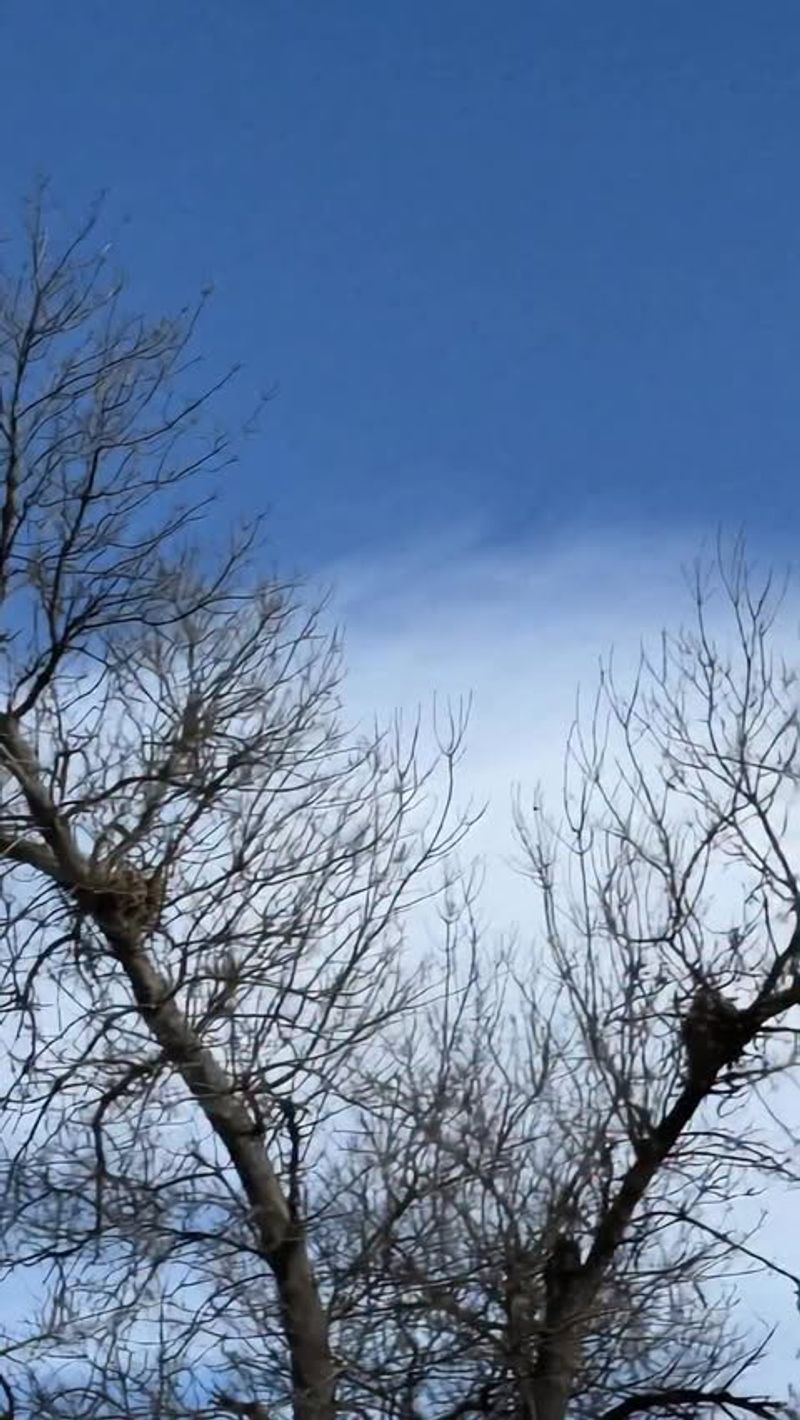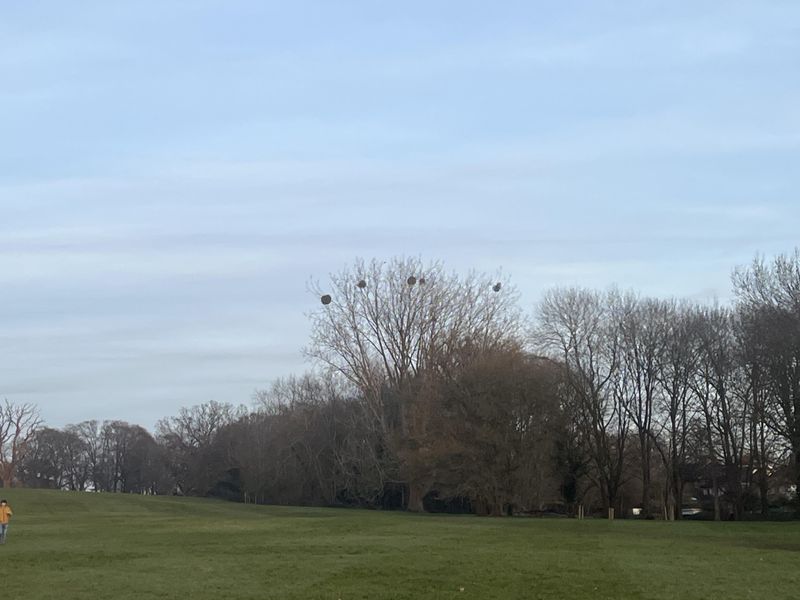Ever looked up into a tree during fall or winter and spotted a big clump of leaves nestled in the branches? At first glance, it’s easy to assume it’s a bird’s nest. But more often than not, that leafy ball isn’t made by birds at all. It could be a squirrel drey, a wasp nest, or even a sign of tree stress.
I’ve found that knowing what these bundles really are can deepen your connection to backyard wildlife. It’s a small mystery that reveals a lot about the creatures sharing your space.
1. Squirrels Build Leafy Homes Called Dreys
Gray squirrels are master builders who construct cozy homes called dreys high up in trees. These leafy structures look like messy balls of leaves wedged between branches, but they are actually carefully woven shelters.
Squirrels use leaves, twigs, and bark to create a waterproof outer shell, then line the inside with softer materials like moss and grass. A single squirrel might build several dreys throughout the year for sleeping and raising babies.
Bird nests, on the other hand, are usually cup-shaped and much smaller than dreys.
2. The Timing Doesn’t Match Bird Nesting Season
Most birds in Wisconsin build their nests during spring and early summer when they are raising their young. By late fall and winter, birds have already migrated south or moved to different shelters.
If you spot that leafy ball during the colder months, it is almost certainly not an active bird nest. Birds would have abandoned their nests months ago, and many nests fall apart from weather damage.
Those sturdy leaf clumps that survive harsh Wisconsin winters are built by animals who stay active year-round, like squirrels.
3. Bird Nests Use Different Building Materials
Walk beneath any tree and examine what falls from above. Bird nests typically contain twigs, grasses, mud, and sometimes feathers or animal hair woven into a neat cup shape.
That big ball of leaves lacks the tidy construction and specific materials birds prefer. Squirrels grab whatever leafy branches they can find and pile them into a rounded mass.
The messy, oversized appearance gives away the builder’s identity. Birds are precise architects, while squirrels work more like enthusiastic collectors throwing together a quick shelter.
4. The Size Is Way Too Big For Most Birds
Take a moment to consider the size of common Wisconsin birds like robins, sparrows, or even crows. Their nests are relatively small, usually measuring just six to twelve inches across.
That giant ball of leaves you see is probably closer to two feet wide, which is way too large for any typical bird nest. Squirrels need bigger homes because they are larger animals with bushy tails.
The dramatic size difference is one of the easiest ways to tell you are looking at a squirrel drey rather than a bird nest.
5. Multiple Entrance Holes Reveal Squirrel Architecture
Squirrels design their dreys with practicality in mind, including one or two entrance holes on the sides. These openings let squirrels quickly escape from predators like hawks or owls.
Bird nests have an open top where parents can easily fly in and out to feed their chicks. If you look closely at that leafy ball and spot a hole on the side, you have found a squirrel home.
The entrance placement is a dead giveaway that a mammal, not a bird, built this shelter for protection and warmth.
6. Location In The Tree Tells The Real Story
Squirrels prefer building their dreys high up in trees, often tucked close to the trunk or in a sturdy fork where several branches meet. This placement provides stability and protection from wind.
Birds might build nests in similar spots, but many species choose thinner outer branches or shrubs closer to the ground. The hefty weight of a leaf-packed drey requires strong support.
When you see that bulky structure wedged securely near the tree’s center, chances are excellent that squirrels claimed that prime real estate for their winter quarters.
7. You Might Spot The Furry Residents Coming And Going
Want absolute proof about what lives in that leafy ball? Watch it during early morning or late afternoon when squirrels are most active.
You will likely see a bushy-tailed resident scampering up the tree trunk and disappearing into the entrance hole. Squirrels regularly come and go from their dreys to search for food like acorns, nuts, and seeds.
Birds would only visit their nests during breeding season, and by the time leaves fall, those nests sit empty and often deteriorate quickly from exposure.

